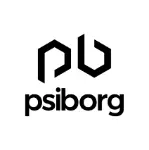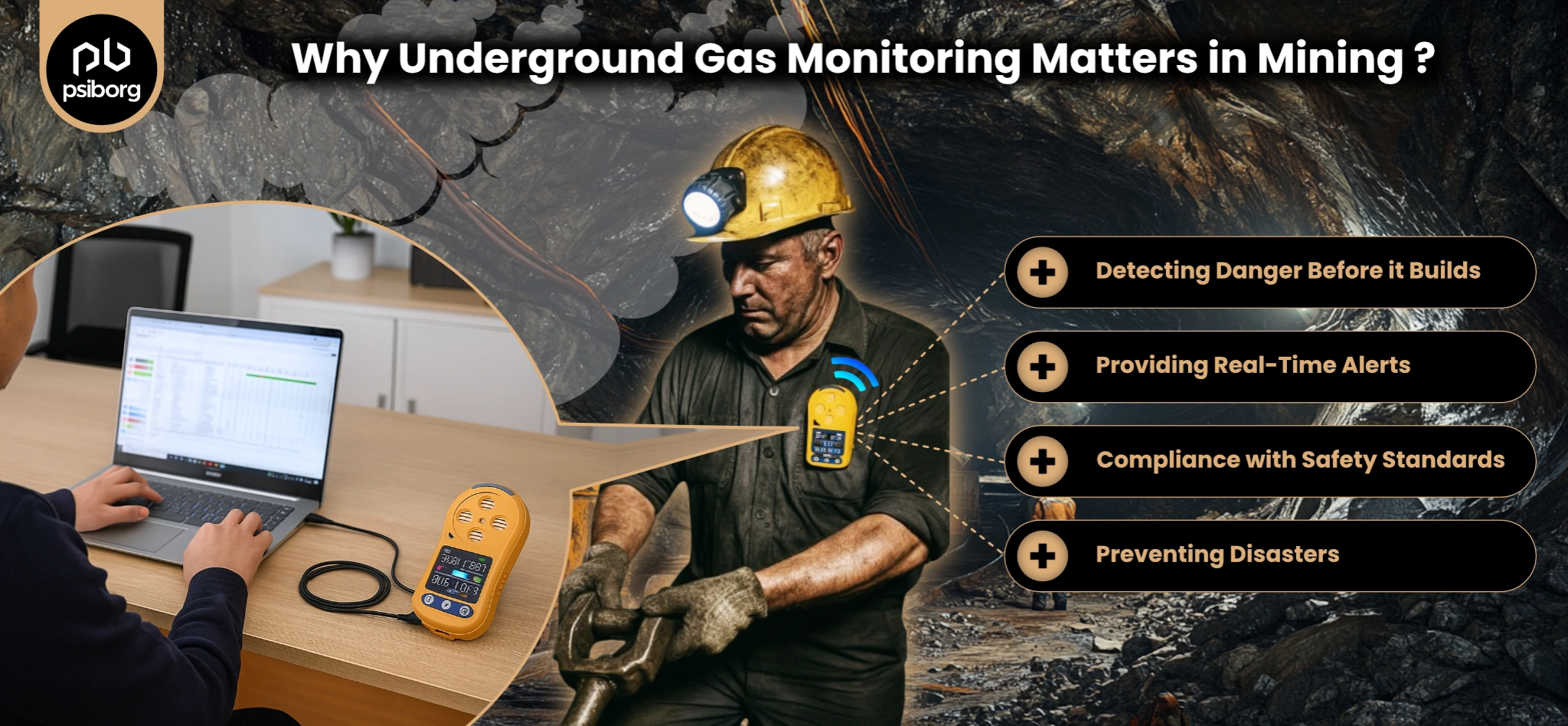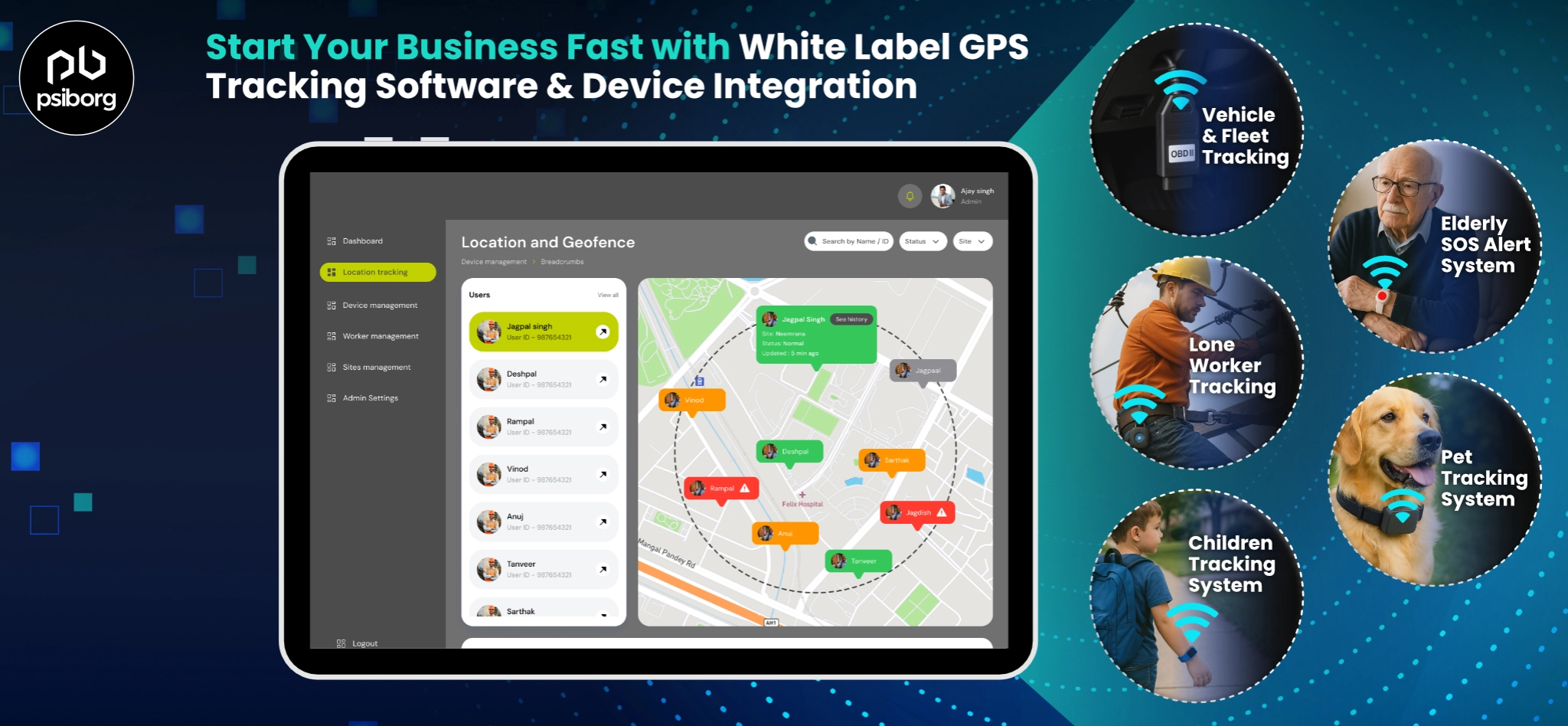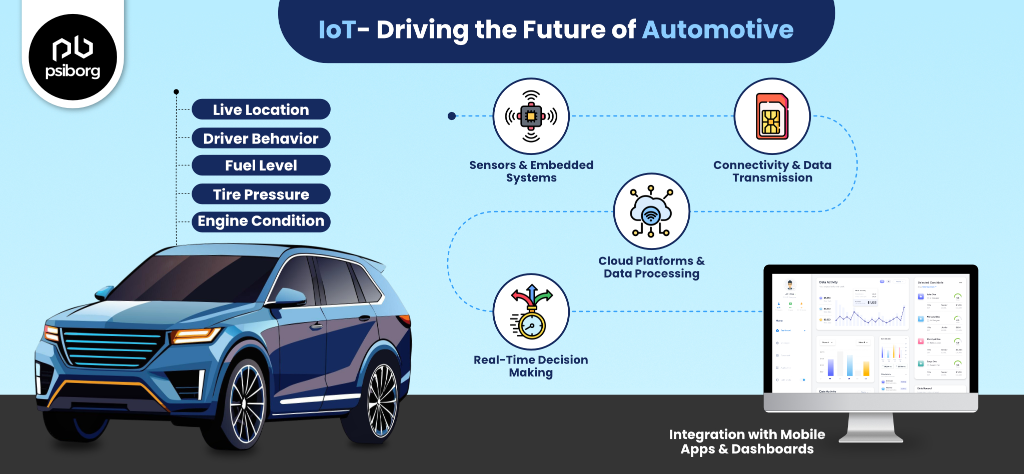When phones are smartphones and watches are smart watches, why not our cities? The smart city is no longer an idea of the future – all thanks to the Internet of Things. With IoT in smart cities, city development initiatives are experiencing a boom all around the world.
Since technology is advancing, cities no longer just want to be “developed”; they are aiming to become “smart.” Today, more and more countries have started embracing next-gen connectivity. And IoT is standing as a key pillar here, bringing bigger effects on the way we live.
But what does “smart cities” mean? How is IoT going to help in building smart cities?
Here, smart cities don’t mean flying cars and robots walking on roads. This isn’t a sci-fi movie.
Smart cities are those that use IoT technologies to automate stuff such as traffic, waste management, street lighting systems, and much more.
Let’s take a deep dive into how different IoT technologies are transforming cities into smart cities.
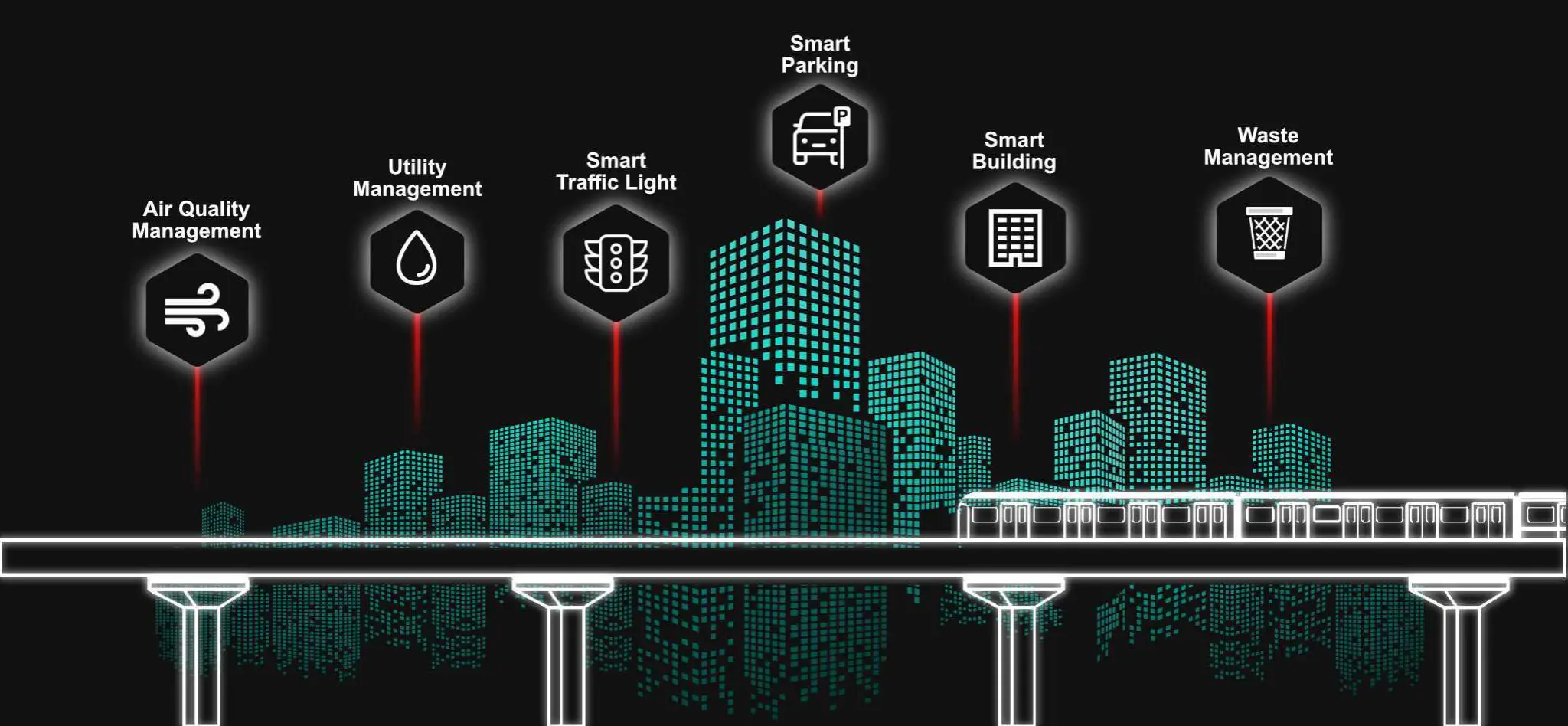
WHAT ARE SMART CITIES AND WHY DO WE NEED THEM?
In technical terms, smart cities are cities where a whole network of sensors in the hundreds and thousands is deployed to collect data from and about citizens’ infrastructure so as to improve the quality of life.
The word “smarter” itself means improving the quality of life. This is done by accurate and continuous monitoring of the public and infrastructure and maintaining proper communication for optimal performance.
So, if we are talking about IoT in smart cities, it means managing traffic, controlling air and water pollution, efficient waste management, creating smart buildings, and effectively planning for natural disasters.
To a very large extent, developing smart cities requires automation and continuous connectivity to the Internet. Although, all of this can be possible through the “Internet of Things”.
Imagine how good it will be to live in a city where all residents are provided with apps that let them access all the city services. Be it either receiving reports/bills, paying taxes and fees, receiving reports of accidents and crimes, and much more.
This is going to be a type of living that is energy efficient and sustainable.
It does sound very fascinating, right?
Do you know there are cities in the world that have stepped up to the stage to get the title of “smart city”?
Here is a list of 7 cities in the world that are now considered smart.
TOP 7 SMART CITIES IN THE WORLD
Singapore
Singapore city started the smart city initiative in 2014 and integrated various smart technologies in both the private and public sectors.
They introduced contactless payment in public transport for 7.5 million citizens who use public transport daily. For their elderly population, the city introduced a digital health system – standardizing video consultation and wearable IoT devices to monitor health.
On top of that, in 2021, Singapore announced plans to create an eco-smart city that will be totally vehicle free.
Helsinki
Helsinki has set the target to become a carbon-neutral city by the end of 2035, and they have introduced their own way to reach their target. Also, to reduce its traffic emissions by 70%, the city is widening its metro and electric car charging networks. The city is devoted to implementing energy-efficient steps during renovations, to minimize the emissions from the building by 80%.
Zurich
This beautiful city in Switzerland started its smart city initiative with a streetlight project. The city successfully introduced streetlights that are designed as per traffic levels using sensors, so the lights get brighter and dimmer accordingly.
Their streetlight project saved 70% of the energy. Now, Zurich has integrated an extensive range of sensors that collect environmental data, measure traffic flow, and act as Wi-Fi antennae.
Oslo
This Norway city is going all sustainable with its electric vehicles, and according to them, the entire city will be all-electric by the year 2025. This means zero emissions, and they have already implemented free parking and the use of public transportation, and lowered taxes. Oslo is taking steps to introduce zero emissions on the construction site and is developing a smart waste management system.
Amsterdam
Amsterdam started its journey to become a smart city, way too early and has more than 170 different projects all across the city. The best thing about Amsterdam is that they brought innovation in all projects. Whether it was electric garbage trucks, solar-powered bus stops, billboards, and lights, or developing floating villages to tackle overcrowding.
New York
New York City is packed with hundreds of smart sensors and technologies. The city introduced a smart city pilot program in the year 2020. This program includes a waste management system, smart hubs with contactless technology, WiFi capabilities, and online charging stations. This city also holds an annual cash prize contest for apps that best utilize the city‘s open data sets.
Seoul
If you are K-drama and K-pop fan then you would be happy to know that, Songdo a district in Seoul is the world’s first smart city. Seoul has accumulated smart traffic flow, speed, and air quality sensors all across the city. Today Seoul is among the first cities to use 5G technology in mobility and transportation.
WHAT THE STATS ARE SAYING ABOUT IOT IN SMART CITIES
Urbanization is an all-time thing and is equivalent to creating smart cities.
As per stats, till 2040, 3 million people will move to cities every week and this means 65% of the global population will live in cities.
The market share of smart cities is estimated to reach $6,061 billion by the end of 2030. In the year 2022, this segment of smart technology accounted for 28%.
IOT COMPLEMENTING SMART CITIES
Building smart cities depends on ICT frameworks (Information and Communication Technologies) to deal with growing urbanization issues at the same time maintaining sustainability.
This will require the usage of IoT devices like Sensors, lights, and meters to collect and analyze data.
Utilizing IoT in a smart city plan will lead to-
- Better resource management
- Improved quality of life
- Increased sustainability
- Economic development
IOT TECHNOLOGY FOR SMART CITIES
Since IoT devices and networks act as one prime pillar for developing smart cities, it’s crucial to know about them. These IoT devices when combined with software solutions, UI, and communication networks will facilitate and enhance the functioning of smart cities.
After all, the final goal is to have interrelated IoT technologies with seamless data flow between devices. This is the only way a truly smart city can be developed.
Let’s understand the IoT technology that plays an important role in building smart cities.
WIRELESS SENSOR NETWORK
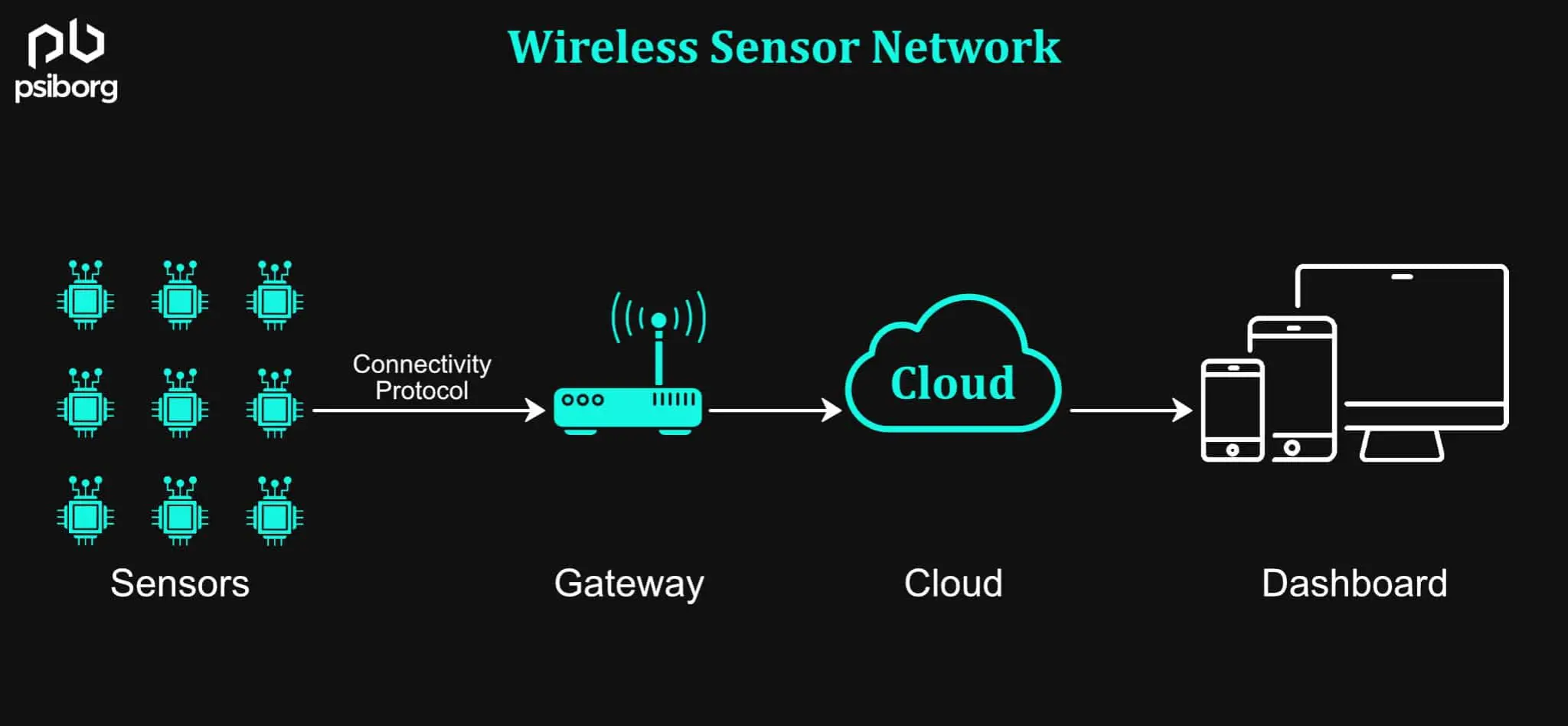
WSN (Wireless Sensor Network) makes it possible to monitor cities and living environments and thus, contributes majorly to building a smart city. Because of their small-sized sensor nodes, and their ability to transmit data remotely, they can be deployed easily at all locations.
Wireless sensor networks are self-configured wireless networks to monitor physical or environmental conditions like sound, temperature, pressure, vibration, or motion and congruently transmit the data through the network to the sink (main location), where the data is analyzed and displayed.
To connect Sensors embedded in IoT devices, a communication protocol is used. A low-power wide-area network, LPWAN, is a type of wireless network designed to allow long-range communications between these IoT devices. Lora-based Wireless Sensor network is widely used. Sub-1 GHz, Zigbee, Thread, etc are also used to connect sensor networks and gateway, and data collected from this sensor network can be sent to the cloud using cellular networks such as NBIoT, LTE-M, or wifi, etc.
Today, wireless sensor networks are considered the primary strength in all smart city missions because of their features like-
- Infrastructure less
- Flexible
- Self-healing
- No human intervention
- Remote control & monitoring
- Scalable
- Cost-effective
These wireless sensor networks have a wide range of IoT solutions in smart cities like introducing smart water, smart grid, smart transportation, smart agriculture, smart healthcare service, and more.
For instance, the WSNs can be used in monitoring water distribution networks, the structural well-being of the buildings, traffic, home automation, city security services, and waste management.
NETWORK SENSORS IN SMART CITIES (IOT APPLICATIONS)
Now that we know about wireless sensor networks and IoT-powered technologies. Let’s have a look at some real-world IoT smart city examples:
SMART PARKING

Cities lose millions of dollars because of overcrowding traffic. Traffic congestion is a loss to the economy as it causes temporary immobility, a waste of quality time and fuel. Now, it’s quite obvious that with traffic congestion it is difficult to find parking spaces.
IoT sensors can be installed in parking spaces to detect if a spot is occupied and this information is transmitted to a central server. This data can help drivers find available parking spots, thus reducing overcrowding traffic and waste of time.
This way, with the help of smart wireless network sensors, it is possible to solve parking problems and mitigate overcrowding traffic.
IOT BASED SMART BUILDINGS
Smart buildings are devoid of the traditional system of managing the building with an individual property manager that demands the constant presence of a guard to monitor the entry and exit of the building.
Smart buildings are automated and include an interlinked system that can be accessed through a decentralized system. With this system, one can monitor the lighting, heating, security, and service systems. Smart buildings also include smart HVAC system to automate the control of heating, ventilation, and aircondoitiong.
Here by service systems, we mean repetitive operations of garbage collection and groundskeeping duties.
Suggested Reading: Smart Office Automation
SMART PUBLIC TRANSPORTS
Generally, public transport systems work by constantly stopping at all bus stops. But this regular stoppage can lead to time wastage if there are no commuters.
This issue can be avoided by developing a system that can help drivers in harvesting data to improve efficiency.
Executing this solution requires the development of a system that is linked to remote terminals all around the city. GPS can trace the movement of the buses. Both terminals will be attached to the input system that sources the data for a public transport management system.
This type of management system works as a decision support system and gives recommendations on whether it is advisable to stop or not at every bus station.
WASTE MANAGEMENT
Proper waste management is the biggest challenge for cities in order to maintain cleanliness.
With IoT-powered solutions, cities can optimize waste collection schedules and routes with real-time tracking of waste levels.
For this, the sensors can be installed in garbage cans to monitor the fill level and enhance waste collection routes, thus minimizing costs and environmental impacts.
Since every garbage can is embedded with a sensor, once a container nears the threshold level, the truck driver will receive a notification on the mobile app to empty the full container.
UTILITY MANAGEMENT
With IoT-enabled smart solutions, citizens can save money on home utilities with energy management, smart lighting, and water management.
Buildings can be embedded with sensor networks to monitor energy usage and optimize energy consumption, reducing costs, and carbon emissions.
For effective water management, sensors can be installed in water distribution networks to check water quality and optimize water usage by reducing costs and conserving resources.
AIR QUALITY MANAGEMENT
All metropolitan cities majorly face air pollution issues. When the density of high particulate matter gets high in the air, it causes air pollution and can result in long-term health issues.
But this issue can be solved with IoT to maintain the air quality. The IoT-Based Air Quality Monitoring System consists of electrochemical sensors which monitor the constituents which result in pollution like aerosol, VOC, CO, CO2, and temperature-humidity and will trigger an alarm when the air quality goes down beyond a certain level, which means when there is a number of harmful gases present in the air. The system shows the air quality in PPM on the display or the web page or in the mobile application so that it can be monitored very easily.
BENEFITS AND CHALLENGES OF IOT IN SMART CITY
Everything comes with its own challenges and benefits.
Let’s have a look at the challenges first.
CHALLENGES
Building a smart city means having viable ways to improve urban living standards. Smart cities can greatly influence urban life by streamlining city operations and reducing environmental impacts. However, developing a smart city is not easy as it sounds.
One biggest concern here is the privacy and security issues because here we are gathering and analyzing massive volumes of data.
Moreover, not all cities have the budget to invest in these projects because of the high costs related to the deployment and maintenance of smart city technologies.
One more challenge is encouraging citizen participation. To bring a positive impact on the neighborhood, both the private and public sectors must cooperate with locals.
BENEFITS
The benefits of IoT in building smart cities include effective infrastructure management. The IoT-powered sensors can be used to monitor and manage the city’s infrastructure like bridges, roads, and buildings.
Other benefits include improved public safety, efficient transportation, proper waste management, health and wellness, and maximum citizen engagement.
IoT in smart cities can improve the quality of life for citizens, drive innovations, and can lead to economic growth.
HOW PSIBORG CAN HELP YOU BUILD SMART CITY SOLUTIONS?
The future of our cities is linked with the future of IoT. and no doubt, the need of IoT- powered solutions will grow dramatically leading to improved problem-solving, effective mobility, sustainability, and more.
With its plethora of applications and benefits, IoT helps a city to efficiently manage transport, infrastructure, and other public services.
But again, not all this is as easy as it sounds. Building a smart city is a difficult task and you have to onboard a proven IoT leader that is experienced in this particular segment.
At PsiBorg, we leverage the power of IoT to create projects that not only connect devices but also tap into the potential of the human mind. We are fully equipped to be your partner in the smart city initiative. We are the leading IoT development solution providers and can help you accelerate your business through IoT.
Find out how the right IoT platform can make a developed city smarter by contacting us today!
